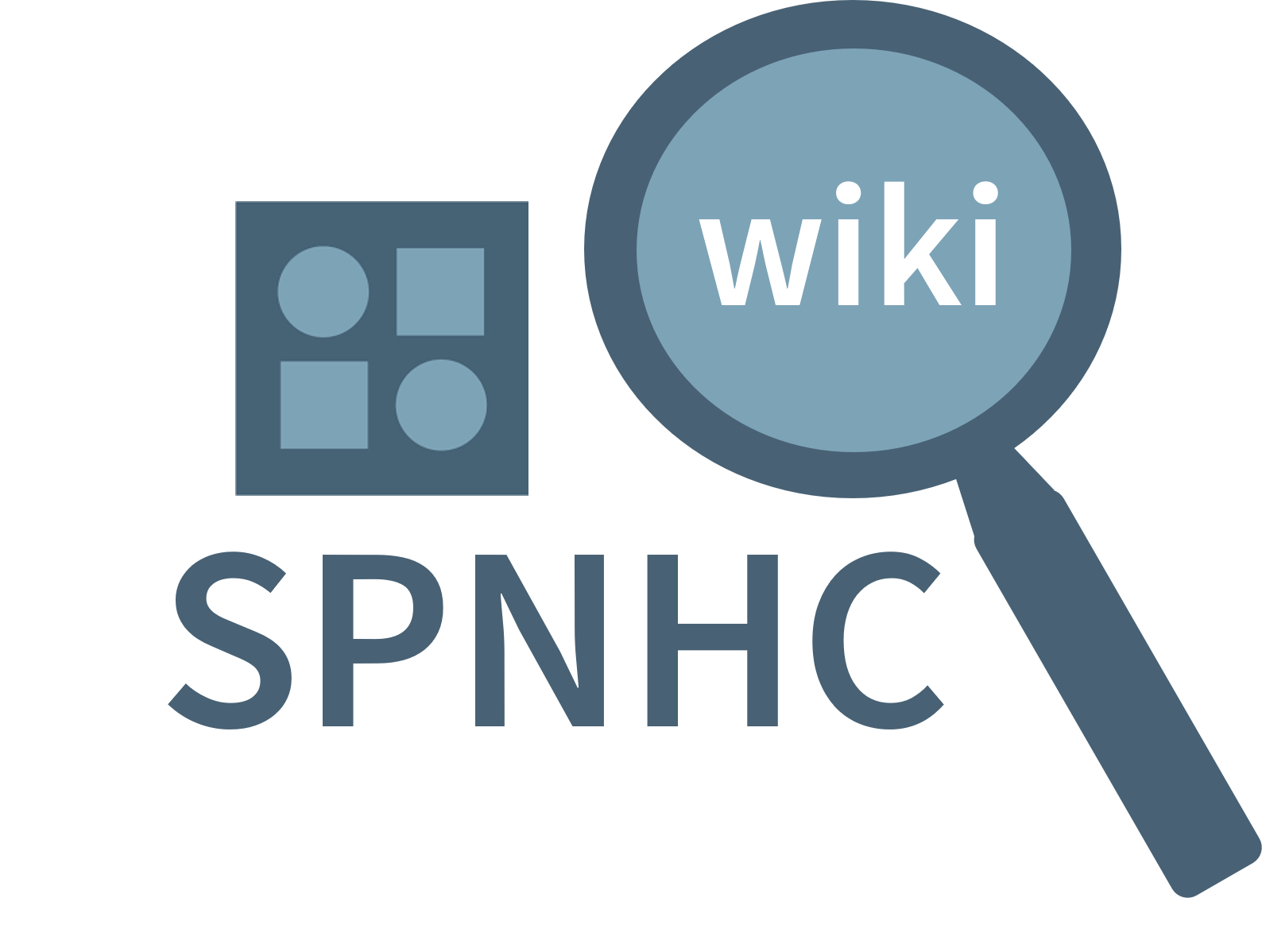Contents
Statement of Purpose
These links and documents contain information about best practices for collecting specimens.
Contributors
Content generated during The American Society of Ichthyologists and Herpetologists (ASIH) Annual Joint Meeting – 2016, during an iDigBio sponsored workshop by the following individuals participating in the “Field to Database” Group of the aforementioned workshop: Breda Zimkus, Cesar Aguilar, Ben Frable, Meredith Mahoney, Zachary Randall, and David Wernecke.
Collection Techniques
Herps
- Hand collection
- Nooses, nets (for terrestrial and/or water use)
- Traps (e.g., crawfish traps, turtle traps, basking traps, buckets, pitfalls with drift fence, funnel trap,
- Cover boards
- Digging, raking leaves
- Shooting, blow guns, sling shots, rubber bands,
- Sticky traps
Fishes
- Hand collection
- Seines
-
- – Kick/two person
- – Beach
- – Trawl
- Cast net
- Rod and reel
- Dip netting
- Gill and trammel netting
- Trawling
- Electrofishing
- Chemical (Rotenone)
- Spear and bow fishing
- Traps (minnow, crab, hoop, etc)
Equipment Disinfection
- Field equipment, gear, clothing (boots, waders, etc.) should/must be disinfected between field sites. This prevents movement of infectious agents or invasive plants/organism between sites by field researchers.
- Some states require a different seine for each watershed, not reusable until it is bleached and dried, or dried completely for 48 hrs.
- On return to home institution, keep all gear in loading dock (outside) until cleaned/disinfected before bringing into collection or storage.
-
- – Disinfection guidelines: NEPARC http://northeastparc.org/disinfection-protocol/; SEPARC https://drive.google.com/file/d/0B0RIvato4N7peFhxVHFMU2lSQUE/view;
- – Preventing aquatic hitchhikers: http://www.protectyourwaters.net/prevention/
